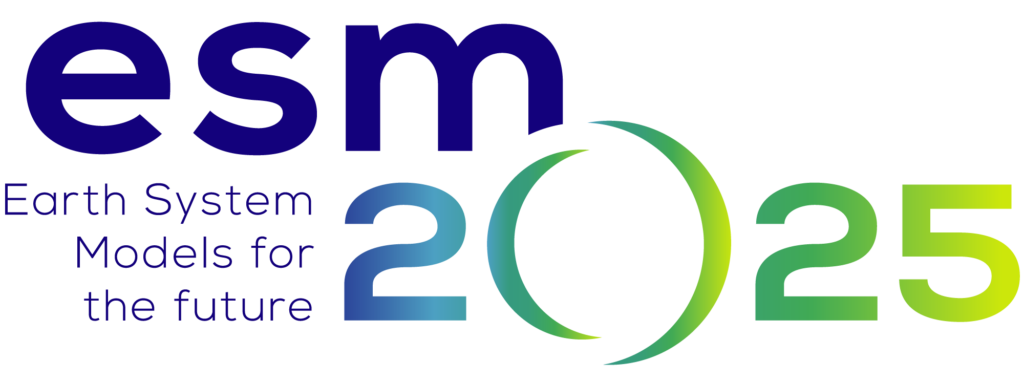Work Package 8/9 - Coupled dynamical ice sheets
Ice sheet mass loss is the largest source of uncertainty in predictions of future sea level rise, but including ice sheets in full Earth System models is extremely challenging – almost all CMIP6 ESMs simply treat ice sheets as static features. In this work package (WP) we will develop technical methods for coupling dynamic ice sheet models into ESMs, and conduct and evaluate simulations of the global climate that include their influences and predict future sea level rise.
WP8/9 will allow new ESM capabilities by 1) coupling physical processes at the ice sheet surface with the atmosphere; 2) coupling physical processes at floating ice shelves with the ocean; 3) allowing the shape and size of the ice sheets in the climate models to change. We will then evaluate how realistically they behave, which means setting up the different parts of our new coupled models so they work well together. Finally, we will run simulations of different possible future climates with these models to investigate the implications for sea level rise and the interactions between climate and ice sheets.
Intitutions involved: Because interactive ice coupling is a very new feature of Earth System models, only groups who have already completed a significant amount of preliminary work are included in this work package. L’Institut des Géosciences de l’Environnement in Grenoble will build ice coupling into the IPSL climate model, and the University of Reading, UK will improve the ice sheet coupling that already exists within the UK Earth System model.
WP8/9 Leaders

Robin Smith
In ESM2025, I am co-leading the work to improve the interactive coupling between ice sheets and the rest of the climate system in our Earth System models. This involves working on the ways in which physical processes are represented in the ESMs as well as technical aspects of how the different components communicate.

Nicolas Jourdain
In ESM2025, my role is to co-lead WPs8-9 especially the work aiming to have interactive ice sheets in the next generation of Earth System Models. I will coordinate the developments related to the IPSL-CM model and will discuss common experimental designs with UKESM.
WP10/11 Milestones & Deliverables
MS8.1 – 30 November 2021
Agreed protocol and scenario for XCA2 demonstration simulations
MS8.2 – 30 November 2022
Forcing data and emissions compiled and harmonised for use in XCA2 demonstration simulations
D8.1 – 31 May 2023
Report on the preliminary technical implementation of the coupling with dynamical ice sheet models in UKESM and IPSL-ESM
MS9.1 – 30 November 2023
Preliminary assessment of pre-industrial state/stability
MS9.2 – 30 November 2024
Demonstration runs with coupled ESMs delivery data to XCA2
D9.1 – 30 November 2025
Report on effect of interactive ice sheets in historical simulations and in projections
D9.2 – 30 November 2025
Report on ice-sheet contributions to global mean SLR and climate feedbacks on multiple time-scales

